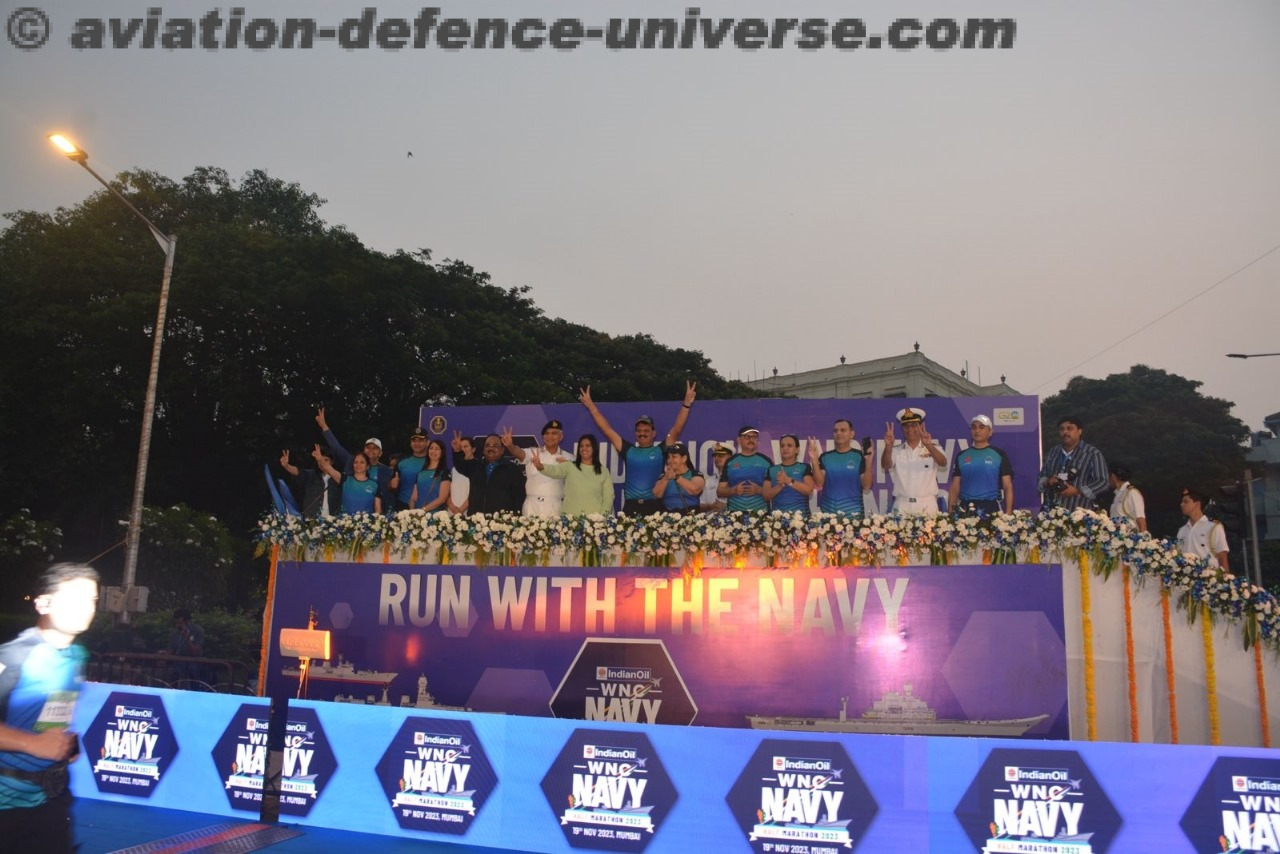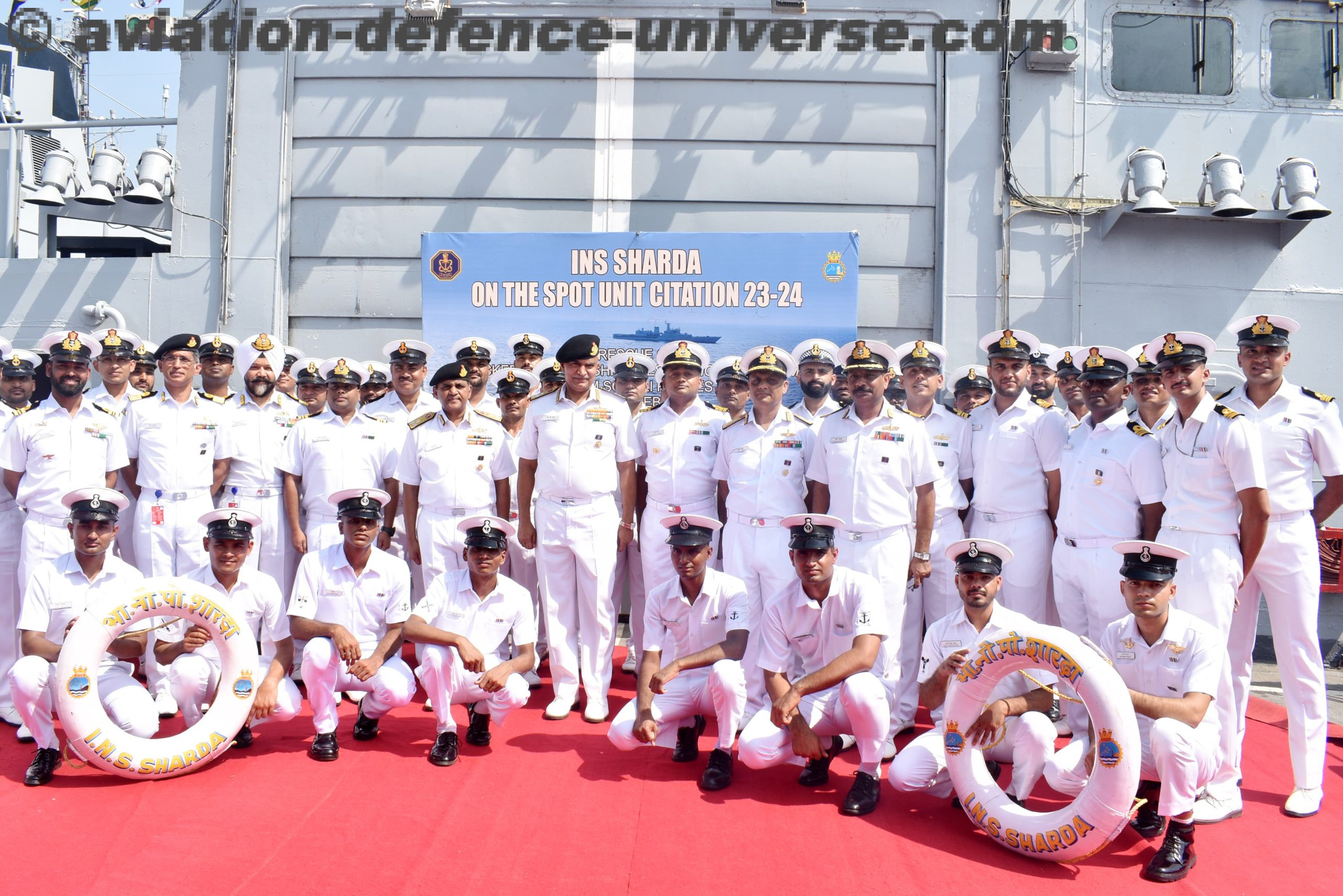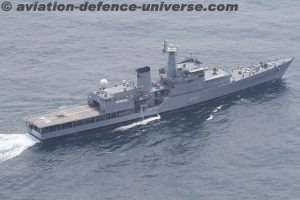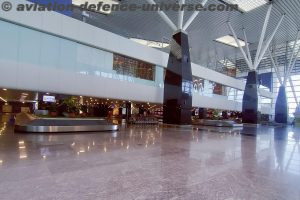Pune , 20 January 2020
In services life long bonds are developed between individuals and regiments because of shared legacy, origin and camaraderie formed during operations. These are bonds to last and serve as beacons of inspiration and affiliations so essential for any organization to carve out a unique identity for itself in history. The Bombay Sappers because of their shared history with the Royal Engineers continue to cherish that bond. The shared lineage of same troops with the valiant Marathas has linked it with the Maratha Light Infantry regiments. Similar is the bond with the Sikh Light Infantry from pre-independence transfer of Sikh Pioneer Companies and the brass band to the Bombay Sappers in 1932. The association with INS Magar is an example of inter services joint- man-ship and shared concerns.
Bombay Pioneer and The Marine Battalion
To protect its growing interests in the region, the East India Company created a maritime service which was initially designated the Bombay Marine Service. During its earlier years (1680’s), it served as an armed protection force having a sphere of influence stretching from the China Seas in the East to the Persian Gulf in the West. It was given the task of keeping pirates at bay, for troop carrying and for marine surveys. In 1830, the Service became the Indian Navy, but in 1863 it was demoted and given a non-combat role with harbour duties only. In the 1890s it was restored to combat duties and designated the Royal Indian Navy with additional duties of handling navigation and hydrographic surveys in Bengal and Calcutta ports.
The Marine Battalion raised on 3 January 1777, formed part of the Bombay Pioneers up to 1929 and was merged with the Bombay Sappers in 1932. These Colours and Flags were placed in All Saints Church, Kirkee – in 1932 for safe keeping. On the disbandment of the Pioneer Corps, these Colours were shifted from the Church and placed in the Group Museum on 18 April 1993.
Bombay Sappers and the INS Magar
INS Magar (formerly L 3011), a World War II vintage Landing Ship Tank was commissioned in 1939. This ship played a key role in the transportation of men and material during various operations, mainly on island territories, and during the 1965 operations against Pakistan, the Indo-Pak War of 1971and in “Operation Beaver”, to prevent the possible flight of the East Pakistan Army into Burma. The ship was decommissioned after the 1971 war.The “new” INS Magar was subsequently commissioned on 18 July 1987 and its primary role is that of an amphibious assault ship .INS Magar has played key roles in providing logistic support to island territories, large sea borne movement of troops and equipment to operational areas and amphibious assaults. Its most significant contribution recently was the evacuation of 1300 survivors from the Nicobar Island, post the tsunami tragedy of 2004, and supply of stores and provisions to the relief camps set up in the Andaman and Nicobar Islands.
The formal ceremony marking the affiliation between the Bombay Sappers and INS Magar included the Signing of a Charter on board INS Magar at Vishakhapatnam on 14 March 2005. Lt Gen S Pattabhiraman, AVSM, SM, VSM, Army Commander, Western Command and Col Commandant of The Bombay Sappers, signed the Charter with Rear Adm S K Damle, AVSM, VSM, NM, the Flag Officer Commanding, Eastern Fleet, in the presence of Brig K Babayya, Commandant, BEG and Centre, and Commodore Deepak Dhar, Commanding Officer of INS Magar.
A naval cruise on board INS Magar, was organized from Vizag to Vietnam from 28 May to 25 June 2005 to familiarise Army personnel with the routine on a ship. The All Arms contingent was led by Lt Chetan Dhawad of 105 Engineer Regiment. The ship sailed from Vishakhapatnam to Vietnam via the Malacca Straits, the Singapore Straits and South China Sea, touching New Saigon and Ho Chi Minh City.This unique affiliation will provide a broader platform for interaction between All Ranks and foster the spirit of inter services co-operation and camaraderie.
The Sikh Pioneers and Sikh Light Infantry
In 1877, the 32nd Regiment adopted the motto of the Sikh Pioneers “Aut viam. Inveniam Aut Facia”, meaning “Either find a road or make one”. The Regiments of the Sikh Pioneers were for three quarters of a century in the forefront of almost every campaign , in China, Abyssinia, Afghanistan, Tibet, Ladakh and the erstwhile North West Frontier Province of India. A number of Battle Honours – Taku Forts; Pekin, 1860; Abyssinia; Peliwar Kotal; Charasia; Afghanistan 1878-79; Kabul, 1879; Kalandhar, 1880; and Chitral were won by them.
During World War I, the Sikh Pioneers, the 23rd, 32nd and 34th (originally one battalion regiments), developed into three battalions each. They went tramping over the battle fields of Egypt, Europe (Festubert, Neuve Chapelle, Ypres and Loos in France), Palestine and Mesopotamia earning a number of Battle Honours – Egypt 1916 -17, Gaza, Megiddo, Sharon, Nablus, Palestine 1917-18, and Aden.
The Sikh Pioneers were disbanded on 10 February 1933 after eighty years of glorious service, to augment Sappers and Miners with an increased number of Mazhabi Companies. A farewell parade was held at Sialkot on 8 December 1932, when the Sikh Pioneers paraded for the last time. A number of the Viceroy’s Commissioned Officers were posted to the Royal Bombay Sappers and Miners, thus forging a close link with the Bombay Sappers Group of the Corps of Engineers.
After eight years, the Sikh Pioneers, like the phoenix rising from the ashes, were re-raised to meet the urgent and mounting demands of World War II. The 1st Battalion was raised at Jullundur on 1 October 1941. The 2nd and 3rd Battalions were raised at Peshawar and Sialkot on 1 July and 15 August 1942 respectively. The re-raised Regiment known as the Sikh Light Infantry came into existence on 23 June 1944.The return of the Sikh Light Infantry was immortalized in a trophy showing a mounted Sikh Pioneer led by a Sikh Light Infantry soldier.
This association with the Sikh Light Infantry was renewed when Lt Gen P S Bhagat, VC became the Colonel Commandant of the Regiment.
The British Bond
The Bombay Sappers Association is the umbilical chord connecting the present serving Bombay Sappers with the retired soldiers. It is the forum through which the larger destiny of the group and welfare of The Bombay Sappers, whose pedigree dates back to the British period, maintains strong ties with the comrades of yore through an association with the Royal Bombay Sappers and Miners Association (RBS&MA) in the UK.The Association holds a reunion dinner in London every year. Messages of goodwill and remembrances exchanged between the Commandant, BEG and RBS&MA, strengthen the bonds that exist between serving and retired Bombay Sappers.
Informal meetings and visits have much the same effect as was the case when the President of Royal Bombay Sappers & Miners Association, Lt Col Sir Hugh Neill, KCVO, CBE, TD, invited Lt Gen (Retd) A K Puri PVSM, AVSM to lunch at the Royal Overseas League in London, when the latter and his wife visited UK. A number of old luminaries were present including the Honorary Secretary of the Association, Capt Alec Early. Similarly, a number of British Officers who served in the Bombay Sappers have kept the bond alive by visiting the Centre, as was witnessed during the 150th and 175th Anniversaries and the Colour Presentation Cceremony.























































































































